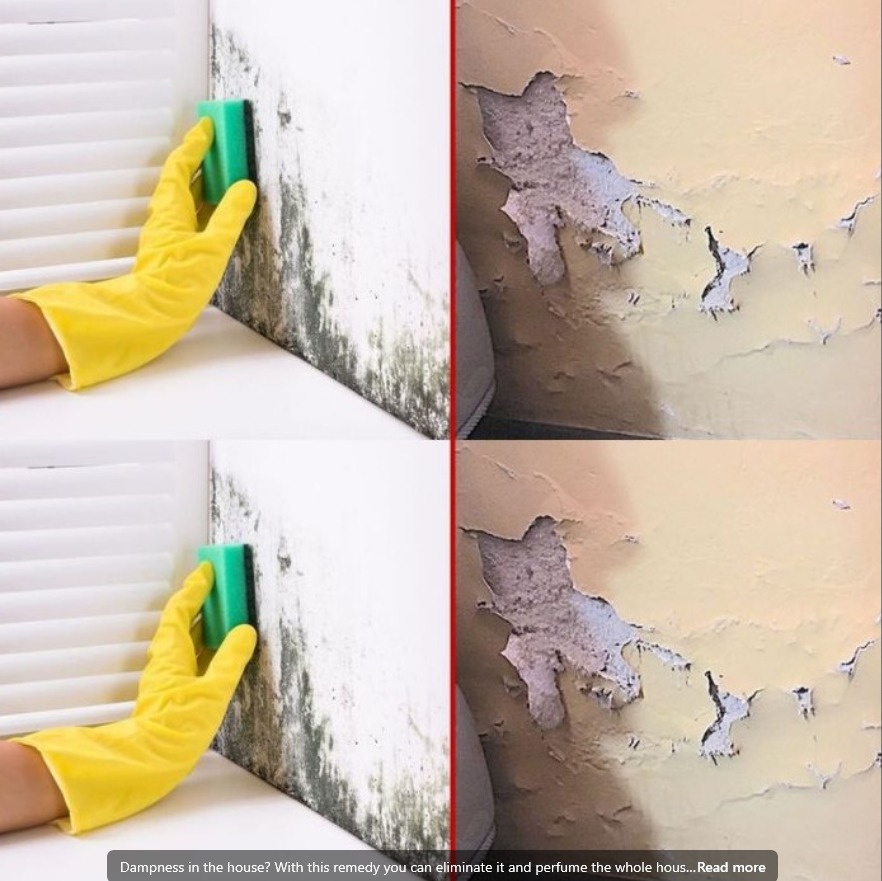ADVERTISEMENT
**How to Eliminate Dampness and Add a Pleasant Scent to Your Home**
A damp or musty smell in your home can make the space feel uncomfortable and unwelcoming. Whether it’s caused by high humidity, poor ventilation, or leaks, eliminating dampness and adding a pleasant scent can significantly improve the atmosphere in your living space. Fortunately, there are several natural and effective ways to deal with both dampness and unpleasant odors, creating a fresh and inviting environment.
Here’s a step-by-step guide on how to tackle dampness and make your home smell delightful again.
### Step 1: Identify and Eliminate the Source of Dampness
Before you can make your home smell pleasant, it’s essential to address the root cause of the dampness. Here are some common sources of moisture and how to deal with them:
#### 1.1. **Check for Leaks**
Leaky pipes, windows, or roofs can introduce moisture into your home. If you notice wet spots on walls, ceilings, or floors, you might have a leak. Look for any visible water stains or mold growth. If you’re unable to identify the source yourself, it’s a good idea to call a professional to assess and fix any leaks.
#### 1.2. **Increase Ventilation**
Poor airflow is a major contributor to dampness in homes, especially in bathrooms, kitchens, and basements. Ensure that your home has adequate ventilation by:
– **Opening windows** when possible to let fresh air circulate.
– **Using exhaust fans** in high-humidity areas like the kitchen and bathroom.
– **Investing in a dehumidifier** to reduce moisture in the air.
#### 1.3. **Use Damp-Proofing Measures**
If your home experiences consistent dampness, consider using moisture-absorbing products like **silica gel, activated charcoal**, or **desiccant packs**. These can help draw moisture out of the air and prevent the buildup of humidity. You can also apply **mold-resistant paints** or **waterproofing sealants** to affected areas.
#### 1.4. **Dry Wet Items Promptly**
Wet clothes, towels, or other fabrics left to sit can contribute to a damp smell. Always ensure that wet items are hung out to dry promptly, preferably outdoors or in a well-ventilated area. Avoid leaving damp laundry in baskets or laundry rooms without proper ventilation.
### Step 2: Use Natural Dehumidifiers
Once you’ve addressed the source of dampness, it’s time to reduce excess moisture in the air. Here are a few natural dehumidifiers that can help:
#### 2.1. **Baking Soda**
Baking soda is an effective moisture absorber and can help neutralize odors. Simply place open containers of baking soda in damp or musty-smelling areas like closets, basements, or bathrooms. It will help absorb moisture and keep the air fresh.
#### 2.2. **Charcoal Briquettes**
Activated charcoal is a natural and powerful dehumidifier that absorbs moisture and odors. Place a few charcoal briquettes in a breathable bag or container and leave them in areas prone to dampness, such as closets, bathrooms, or basements.
#### 2.3. **Salt**
Large containers of salt (such as rock salt or sea salt) can absorb moisture from the air. Place bowls of salt in damp corners or closets to keep your home dry and free of moisture buildup.
### Step 3: Clean Up Mold and Mildew
Mold and mildew thrive in damp conditions and can contribute to unpleasant smells. If you notice mold growth in any part of your home, it’s im
